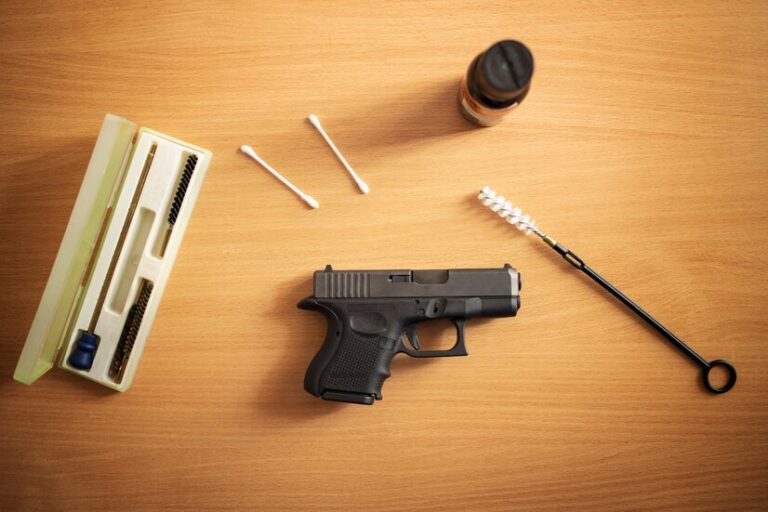How Industrial Silencers Quell Factory Noise
The constant hum of machinery, the roar of air compressors, and the clanging of metal – these are the sounds synonymous with industrial environments. While these noises may seem like an inevitable part of the manufacturing process, they pose significant health and safety risks to workers and contribute to environmental noise pollution. Thankfully, industrial silencers offer a powerful solution for noise control, creating a safer, healthier, and more compliant work environment.
Understanding Industrial Noise and its Regulations
Industrial noise is measured in decibels (dB), with higher dB levels indicating louder sounds. Prolonged exposure to loud noises (above 85 dB) can lead to permanent hearing loss, tinnitus (ringing in the ears), and increased stress levels. The Occupational Safety and Health Administration (OSHA) has established regulations regarding noise exposure limits in workplaces. For instance, the permissible exposure limit (PEL) for an 8-hour workday is 90 dB. Exceeding these limits can result in hearing loss and require employers to implement hearing conservation programs. Industrial silencers play a crucial role in achieving these noise reduction goals and protecting worker health.
How Industrial Silencers Work
Sound travels in waves, and industrial silencers disrupt these waves to reduce noise levels. They utilize various mechanisms like absorption and baffling to weaken sound waves as they pass through. Absorptive silencers contain sound-absorbing materials like fiberglass or acoustic panels that trap sound energy and convert it into heat. Baffling silencers, on the other hand, use strategically placed chambers and bends to disrupt sound waves, causing them to lose energy and reducing overall noise levels. Importantly, industrial silencers can significantly reduce noise levels without impacting airflow or hindering the efficiency of industrial processes.
Different Types of Industrial Silencers
Industrial silencers come in various configurations to address specific noise sources within a factory setting:
- Exhaust Silencers: These are installed on machinery and equipment exhaust vents, and they target noise emitted from machinery operations.
- Intake Silencers: Attached to air intake vents, they minimize noise generated by machinery drawing in air, such as compressors or ventilation systems.
- Pipeline Silencers: Integrated into pipelines, these silencers quieten noise traveling through them and are commonly used in compressed air or ventilation systems.
- Room Silencers: Freestanding units placed within a workspace absorb and reduce overall ambient noise levels, which is beneficial for noisy production areas.
- Specialty Silencers: Designed for specific applications, these silencers address unique noise sources. For example, centrifugal fan silencers target noise from high-speed fans, while generator silencers reduce noise from generators.
Environmental Noise and Community Impact
Industrial facilities can be significant contributors to environmental noise pollution, impacting the quality of life for residents in surrounding communities. Constant exposure to loud noise can lead to sleep disturbances, increased stress levels, and even hearing loss for residents. By implementing industrial silencers, factories can significantly reduce their noise footprint and become better neighbors. In some areas, regulations regarding noise pollution limits exist, and industrial silencers can help factories comply with these regulations. For a more comprehensive exploration of noise control for environmental applications, explore resources available online.
Benefits of Using Industrial Silencers
The benefits of using industrial silencers extend beyond noise reduction and compliance with regulations. Here are some key advantages:
- Improved Work Environment: Reduced noise levels create a safer and healthier work environment for employees. Workers experience less stress, improved communication, and a lower risk of hearing loss.
- Enhanced Worker Communication: Lower noise levels facilitate better communication and collaboration among workers, leading to increased efficiency and productivity.
- Community Relations: Reduced noise pollution fosters positive relationships with communities surrounding industrial facilities, leading to better public perception and improved social responsibility.
- Compliance with Regulations: Industrial silencers help factories comply with OSHA regulations regarding noise exposure limits and potentially avoid noise-related fines.
Conclusion
By investing in industrial silencers, factory owners can create a safer, healthier, and more compliant work environment for their employees. The positive impact extends beyond the factory walls, fostering better relationships with neighboring communities and contributing to a quieter environment for all. Explore the different types of industrial silencers available and find the solution that best addresses your specific noise control needs. With the right implementation, industrial silencers can significantly reduce noise pollution and pave the way for a more harmonious future for factories and their communities.







